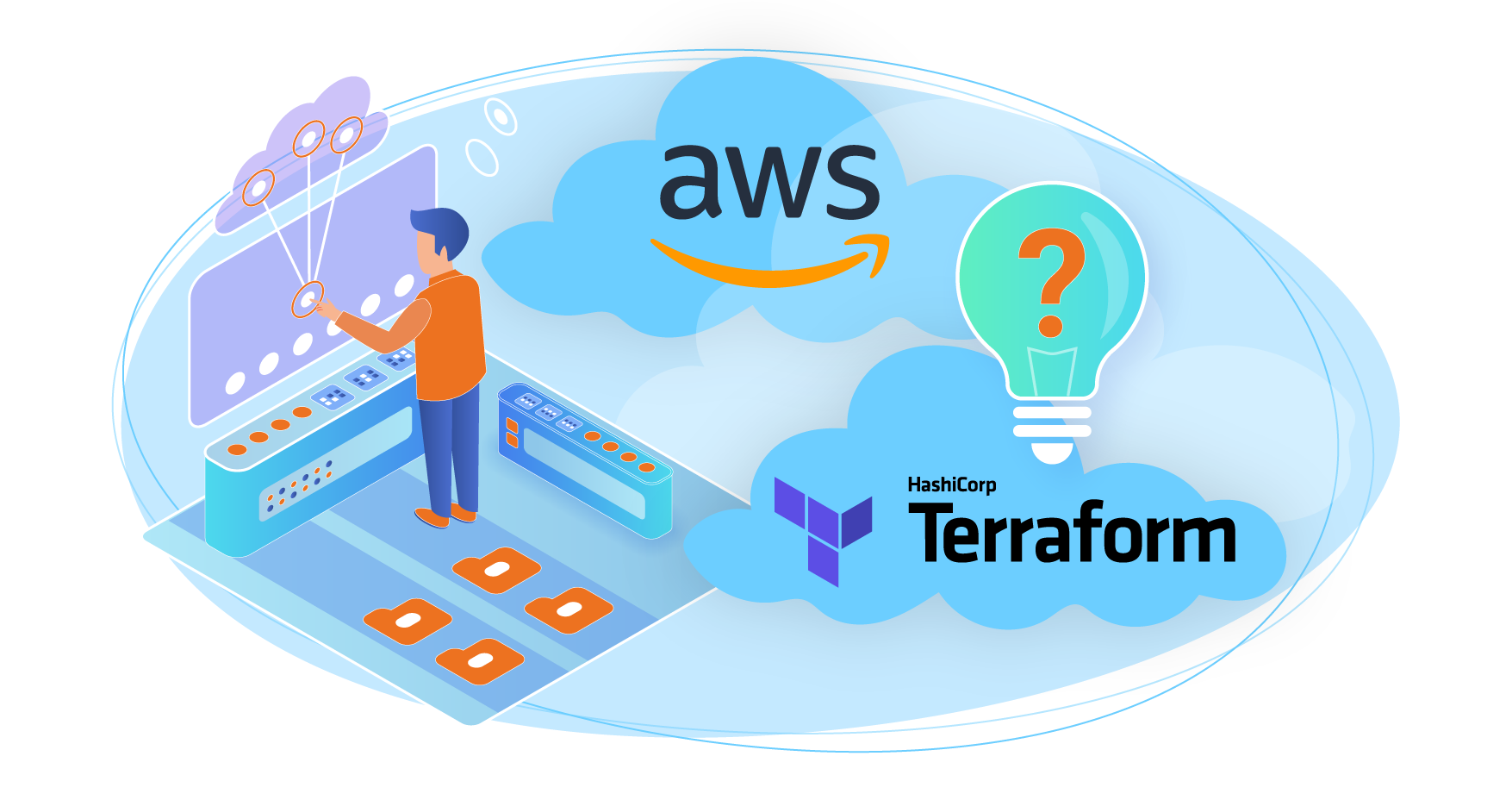Terraform vs. AWS CloudFormation: Which Tool is Right for Your Cloud Infrastructure Needs?
If you are looking to build or manage a cloud-based application, you've probably heard of Terraform and AWS CloudFormation. These tools are among the most popular for automating and orchestrating cloud infrastructure. But what are their differences, and which one is better suited for your needs? In this article, we’ll dive into the details.

What is Terraform?
Terraform is an open-source tool developed by HashiCorp. It allows you to define your cloud infrastructure as code using a declarative language called HCL (HashiCorp Configuration Language). With Terraform, you can describe your infrastructure in a configuration file, which is then applied to your chosen cloud provider.
Terraform supports over 200 providers, including AWS, Azure, Google Cloud, DigitalOcean, VMware, and more. It can also manage other types of resources, such as DNS records, databases, Kubernetes clusters, and more.
What is CloudFormation?
CloudFormation is a service offered by AWS. It allows you to define your AWS infrastructure as code using YAML or JSON. With CloudFormation, you can describe your infrastructure in a template file, which is then applied to your AWS account. CloudFormation supports all AWS services and resources and can also manage third-party resources via the AWS CloudFormation Registry.
Comparing Terraform and CloudFormation
While both tools fall under Infrastructure as Code (IaC), there are several key differences between them. Let’s outline the main ones:
1. Provider-Dependent vs. Provider-Independent
- Terraform is provider-independent (cloud-agnostic), meaning you can use it to deploy and manage infrastructure across various cloud platforms.
- CloudFormation is provider-dependent, meaning it is only usable for managing and deploying infrastructure on AWS.
2. HCL vs. YAML and JSON
- Terraform uses HashiCorp Configuration Language (HCL), a purpose-built language for describing infrastructure. It is expressive, readable, and supports variables, functions, modules, and more.
- CloudFormation uses YAML or JSON, standard data formats that can also be used for other purposes. YAML and JSON are less expressive, less readable, and do not inherently support variables, functions, or modules.
3. State Management
- Terraform maintains the state of your infrastructure in a file called `terraform.tfstate`. This file contains information about the current state of resources and the desired state defined in the configuration file. Terraform uses this state file to make idempotent changes, meaning it only creates, modifies, or deletes resources necessary to reach the desired state.
- CloudFormation manages the state of your infrastructure in a stack, a collection of resources defined in a template file. CloudFormation also uses idempotence to make changes to your infrastructure.
4. Change Simulations
- Terraform allows for change simulations before applying them to your infrastructure. This is done using the `terraform plan` command, which shows what resources will be created, modified, or deleted. This lets you detect and correct any errors or unwanted changes before altering your infrastructure with `terraform apply`.
- CloudFormation also offers change simulations, but only for existing stacks. This is done using the AWS CloudFormation Change Sets feature, which shows what resources will be created, modified, or deleted when the template file is updated. This also allows for detecting and correcting issues before making changes.
Choosing the Right Tool for Your Needs
Terraform and CloudFormation are both powerful tools for managing cloud infrastructure, each with its pros and cons. The choice between the two depends on your personal preference, project requirements, and cloud strategy. If you seek a provider-independent, expressive, and reusable tool, Terraform may be the best choice. If you need a tool specifically for AWS that is consistent and integrated, CloudFormation might be a better option.
Hosted Power: Cloud-Agnostic Managed Cloud Hosting Specialist
At Hosted Power, we prefer Terraform due to our cloud-agnostic approach. It allows us to deploy infrastructure to any cloud platform in an automated manner, offering significant flexibility. Want to experience that flexibility for yourself? Contact us and let us know how we can help.















